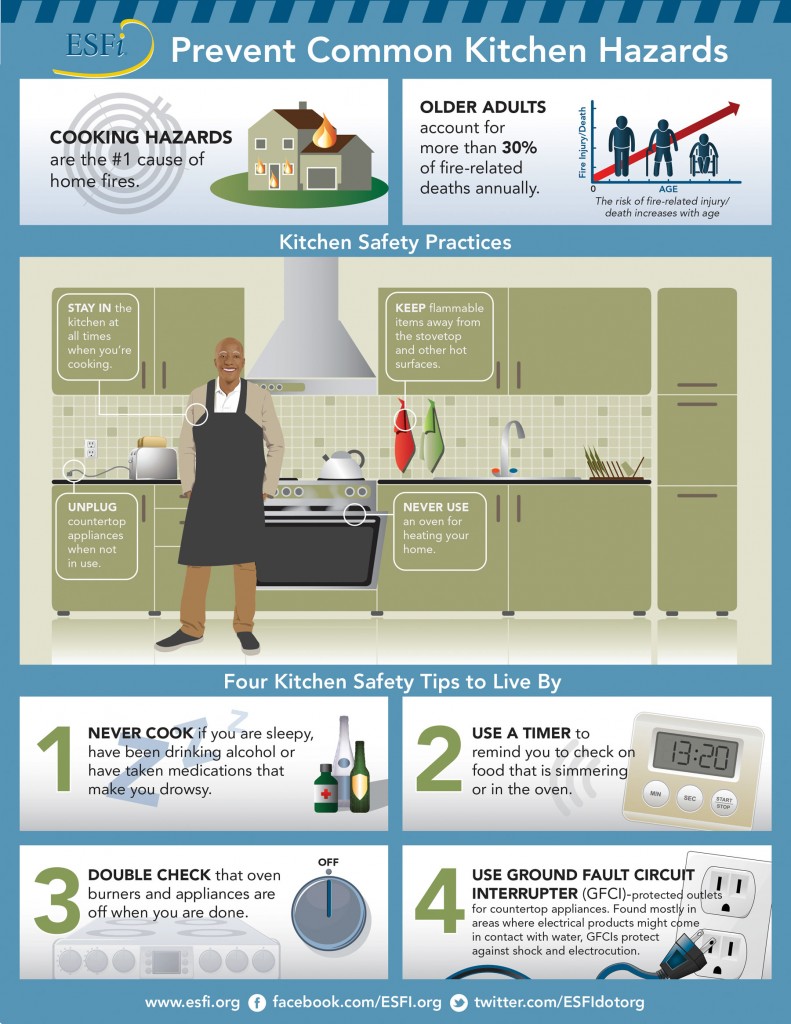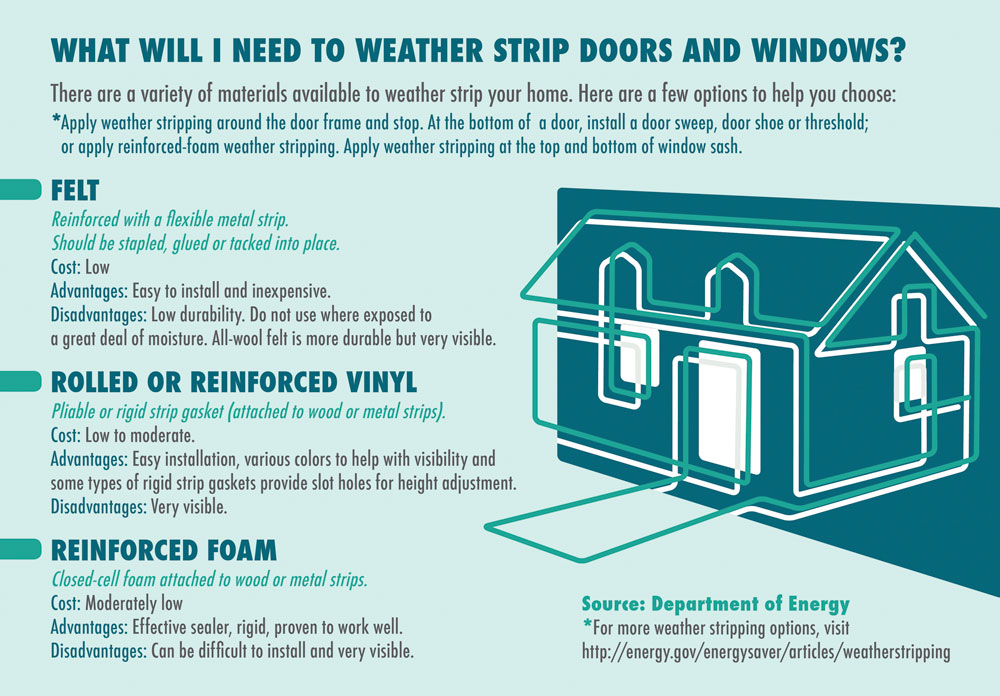Governor lauds Tennessee’s member-owned organizations during Co-op Month in October
The proclamation, also signed by Secretary of State Tre Hargett, reads, in part: “Tennessee cooperatives improve the well-being of rural residents and communities across our state by providing electric, internet, and telephone services to homes, farms, and rural businesses; financing for land, assets, and inputs; products and services, including genetics and seed, nutrients and feed, crop protection and health, equipment and fuel for growing and marketing crops and livestock; and insurance for individuals and family businesses, resulting in employment for thousands of Tennesseans.”
Haslam also stressed that rural cooperatives are important partners with today’s farmers “as they work diligently to produce safe, abundant, dependable, and affordable food and fiber for both a rapidly growing world population and an increasingly interconnected and proactively health-conscious local consumer.”
What sets cooperatives apart from other types of businesses is that they are owned and controlled by the people who use their products and services, so members have a chance to share in their successes and have a voice in their operation. Cooperatives are led by their membership through an elected board of directors and share profits with members by reducing costs of their products or services or by providing patronage refunds.
“Governor Haslam recognizes the importance of cooperatives, particularly to our rural communities,” Tennessee Agriculture Commissioner Julius Johnson said. “Cooperatives illustrate the very best of the American Way through members who participate in local, community ownership, and where shared responsibility not only helps reduce the cost of products and services but provides economic opportunity.”
Haslam also had good things to say about the Tennessee Council of Cooperatives (TCC), calling it “the state’s flagship organization for coordinating, promoting, educating, and extending cooperative development in Tennessee.”
“It often serves as a clearinghouse for the open exchange of information and experiences among cooperative businesses, a sounding board for new ideas, and a forum for discovery, discussion, and dissemination,” he said.
Tennessee Farmers Cooperative Marketing Manager Keith Harrison, current president of TCC, said, “Our board of directors is committed to promoting the cooperative way of doing business. That’s evident in many of our current programs. The council sponsors scholarships for agricultural students at each of Tennessee’s four-year agricultural colleges, hosts an annual leadership conference for more than 400 young leaders from across the state, sponsors an annual education workshop for more than 50 employees of cooperatives in addition to providing leadership, cooperation, and support to various other programs. We truly believe the cooperative business model will continue to play a vital role in strengthening our state’s rural economy in the future.”
Nationwide this year, more than 29,000 cooperatives will celebrate October Co-op Month, promoting the advantages of cooperative membership and recognizing the benefits and value co-ops bring to their communities. The observance has been celebrated annually for the past 84 years. This year’s theme —“The Co-op Connection”— celebrates the ways co-ops connect with each other, their communities, and their world.
Visit tennesseecouncilofcoops.org for more information about Tennessee cooperatives or the TCC and its programs. Visit ncba.coop/coop-month for more information about the national Co-op Month celebration.
###
Photo caption: Gov. Bill Haslam, front center, presents a proclamation to the Tennessee Council of Cooperatives board of directors proclaiming October as “Cooperative Month” in Tennessee. Pictured with the governor are, front from left, Greg Anderson, Bledsoe Telephone Cooperative, and Keith Harrison, Tennessee Farmers Cooperative. In back are Todd Blocker, Tennessee Electric Cooperative Association; Scott Lewis, Farm Credit Mid-America; Dan Strasser, Tennessee Farm Bureau Federation; and Tom Womack, Tennessee Department of Agriculture.
View high-resolution photo here.






